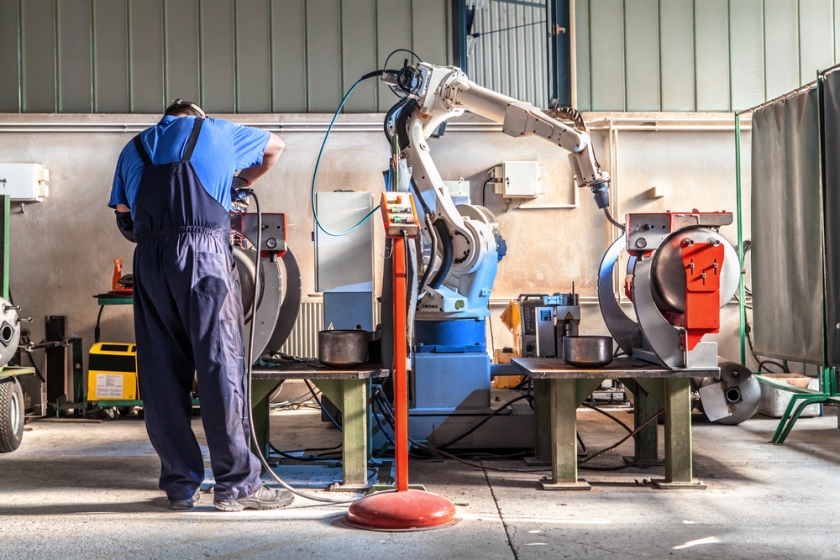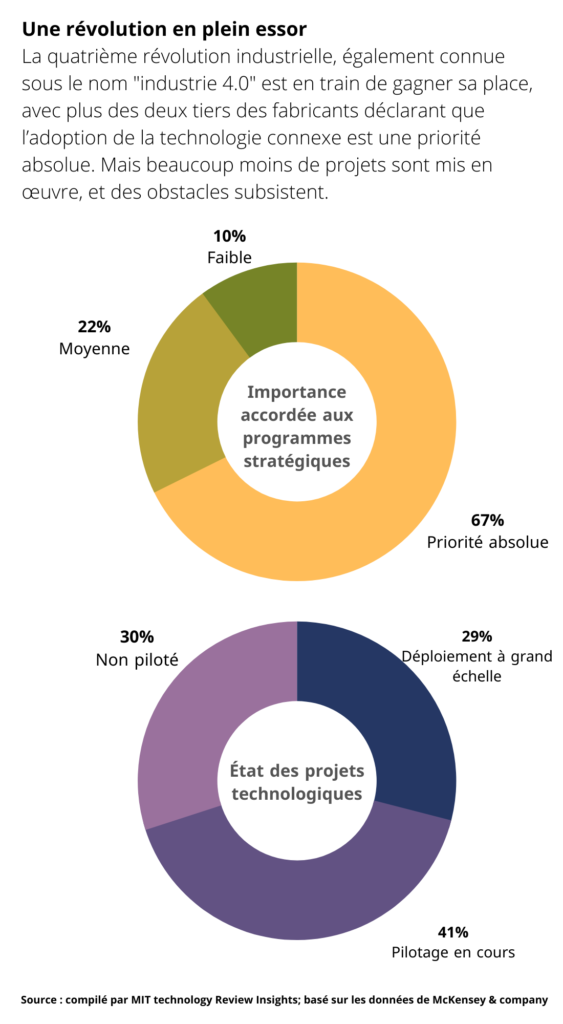
The integration of Industry 4.0 technologies in the administration of courts represents a major opportunity to modernize the judicial system. Through automation, robotics, artificial intelligence, and digitization, the goal is to make the delivery of justice more efficient, faster, and more accessible. This systematic review explores how these innovations can transform judicial processes and improve the management of ongoing cases, providing concrete solutions for a more effective public administration.

The use of Industry 4.0 technologies to modernize court administration and improve the delivery of justice is at the heart of a significant transformation in the judicial field. This process includes the integration of cyber-physical systems, the Internet of Things (IoT), robotics, artificial intelligence, and additive manufacturing to create a more efficient and connected judicial environment. This systematic review examines the opportunities and challenges related to this technological modernization.
Table des matières
ToggleIntroduction to Industry 4.0 and its potential for the judicial sector
Industry 4.0 represents a new wave of integrated technologies aimed at optimizing and automating industrial processes. Originally, these technologies were intended to revolutionize the manufacturing sector through cyber-physical systems, IoT, collaborative robotics, and much more. Today, these tools are also finding relevant applications in the judicial field, allowing for significant improvements in the efficiency of public administrations.
Automation and robotics in the courts
The application of automation and robotics in the courts can transform routine administrative tasks. For example, robots can be used for filing and managing documents, thereby reducing time and human errors. Furthermore, automating routine procedures allows staff to focus on more complex tasks requiring professional judgment.
The impact of Artificial Intelligence on justice
Artificial intelligence (AI) plays a crucial role in modernizing the courts. Machine learning algorithms can analyze countless judicial files to provide accurate predictions about potential verdicts. Additionally, AI-based chatbots can offer preliminary legal advice to citizens, thereby reducing the workload of lawyers and legal advisors.
Data exploitation through the Internet of Things
The Internet of Things (IoT) enables the real-time collection and analysis of crucial data for judicial systems. For example, IoT sensors can monitor detention conditions in prisons and courtrooms to ensure compliance with safety and comfort standards. Similarly, this data can be used to optimize resource allocation and improve scheduling of hearings.
Additive manufacturing and judicial infrastructures
Additive manufacturing, or 3D printing, can be used to create accurate models of crime scenes, allowing jurors, judges, and lawyers to better visualize events. These models can also be integrated into virtual simulations for better analysis of complex cases.
Challenges and future perspectives
Although these technologies offer enormous potential, their integration into courts is not without challenges. It is necessary to consider issues related to data privacy, cybersecurity, as well as training of judicial staff. Nevertheless, with appropriate policies and a strategic vision, Industry 4.0 can transform the judicial sector and facilitate a faster and fairer delivery of justice.
The modernization of courts through Industry 4.0 technologies paves the way for a more efficient, transparent, and accessible judicial system. This transformation requires careful planning and acceptance of technological innovations by all stakeholders. By leveraging technological advancements, public administration can become more effective, better meeting the needs of contemporary society.
Technologies Used
- Automation of judicial processes
- Artificial intelligence for case analysis
- Internet of Things (IoT) for infrastructure management
- Collaborative robotics for evidence processing
- Cloud computing for data storage and access
- Digital manufacturing for evidence reproduction
Expected Benefits
- Increased efficiency in judicial procedures
- Reduction of delays in case processing
- Better management of resources and infrastructures
- Increased accuracy in case analysis
- Improved accessibility to judicial information
- Enhanced security of sensitive data
[#Industrie 4.0] : 🔋 Les entreprises adoptent des systèmes de gestion énergétique basés sur l'IA pour réduire les gaspillages, optimiser les processus et baisser les coûts. Un pari sur l'avenir ! Une analyse d'@a_voygillis @IAEPoitiers > https://t.co/OkJaQuicSD#industrie pic.twitter.com/Q3TTk3puRj
— Xerfi Canal (@XerfiCanal) March 15, 2024





